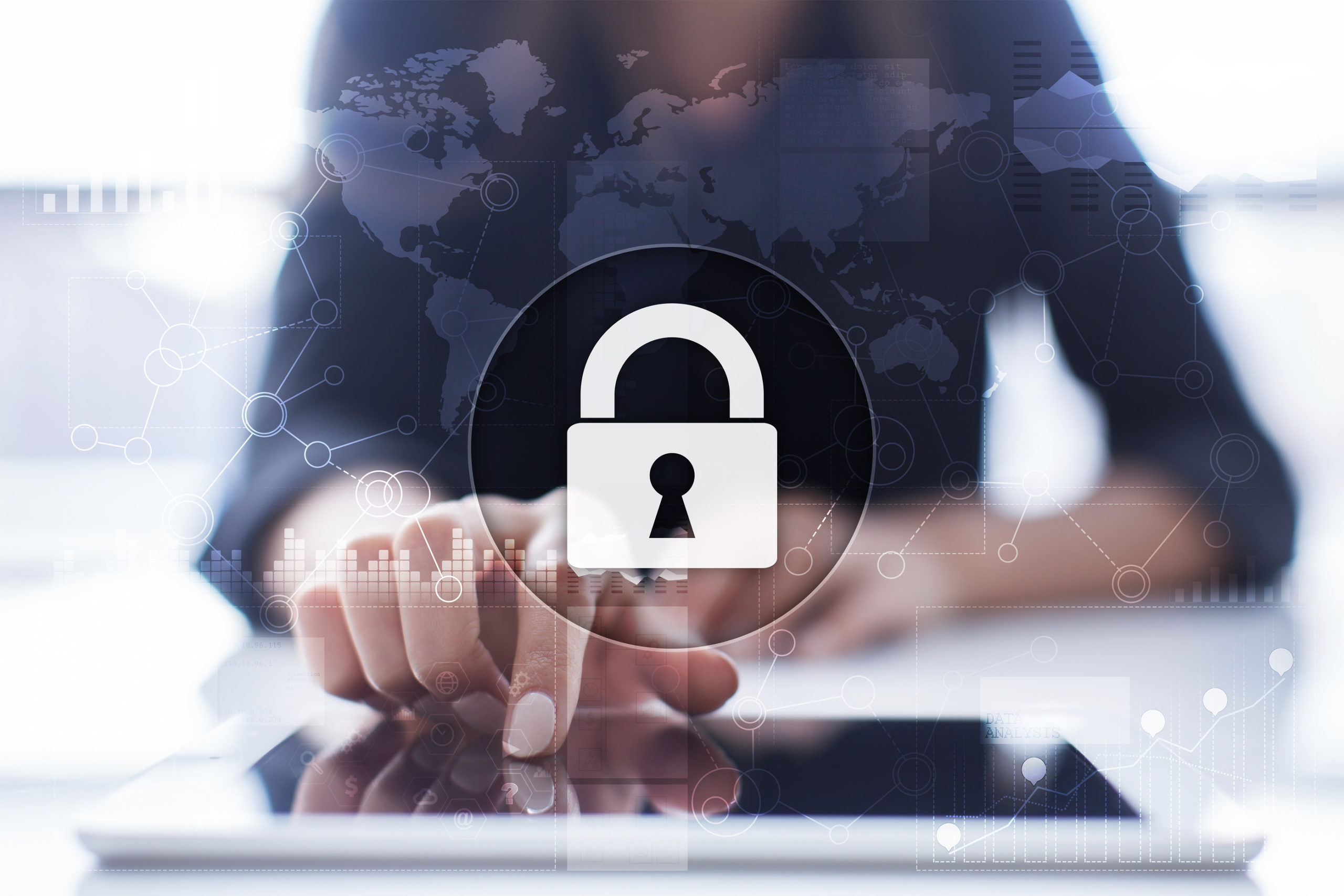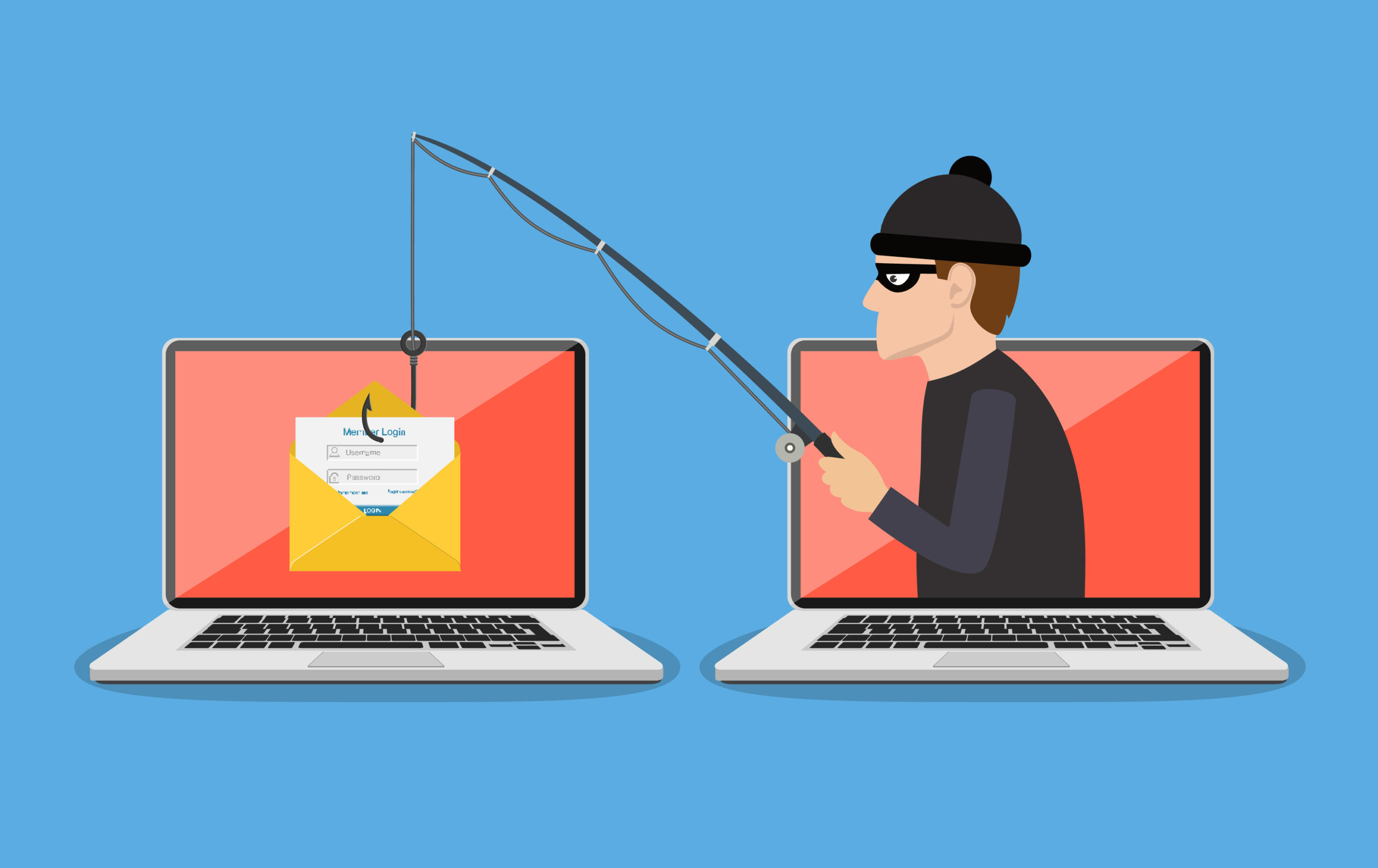
One of the surprising things that has happened over the last two months has been the exponential rise of online video conferencing. [Read more…]
by Tom Bull

One of the surprising things that has happened over the last two months has been the exponential rise of online video conferencing. [Read more…]
by Tom Bull

A big wake-up call for many businesses that had to quickly shutter their office and switch to a telecommuting workforce was the need for a cloud-based phone system. [Read more…]
by Tom Bull

Even before the coronavirus pandemic, remote working was on the rise. About 62% of workers between the ages of 22 and 65 worked remotely at least once a week. [Read more…]
by Tom Bull

After several long weeks of lockdown due to the COVID-19 pandemic, there are finally signs of things beginning to open back up again. [Read more…]
by Tom Bull

In a world of social distancing and “stay at home” orders, technology has become more relied on than ever. Internet use has increased 70% since the coronavirus pandemic as more people are working from home and families are streaming entertainment to stay occupied. [Read more…]
by Tom Bull
![]()
When you’re working on an office network, there are often certain security protections you have in place that you don’t have at home. For instance, business-grade routers typically have higher security standards for data privacy compliance than a consumer-grade router does. [Read more…]
by Tom Bull

While the rest of us are adjusting to the new “normal” of staying inside, hackers have gone into full overdrive with scams related to the coronavirus pandemic. [Read more…]
by Tom Bull

Updates have become a part of life when you work with technology. You look down at your phone, and inevitably there are apps asking to be updated. When you’re working away on a project, suddenly a window will pop up telling you your operating system (OS) has an update to apply. [Read more…]
by Tom Bull

One of the biggest trends in offices over the past 10 years has been employees working remotely. This trend has tracked along with the growth of cloud services, which allow anywhere/anytime access to work data and productivity tools like Office 365. [Read more…]
by Tom Bull

The Cloud has been “the” buzzword of the decade by far, but much more than just being a buzzword, it’s fundamentally changed the way we work and handle data. [Read more…]
